–> We have open positions! <–
We’re a diverse bunch, from field biologists, fish nerds, artists, computational ethologists, theoreticians, and neuroanatomists. Whatever our expertise, we are all fascinated by the evolution and mechanisms of animal behaviour, and go out of our way to observe our systems and species in their natural settings.
Someone once told me this part of of the website should be more serious, but I’m not into that. If you’d like to get to know us better, drop a line to ajordan@ab.mpg.de and we can discuss opportunities.
Alex Jordan

Like an unwashed captain at the helm of a pirate vessel on the seven seas, Alex steers the lab ship, and wishes he looked just a little more like Keira Knightley. You can learn more about Alex here.
POSTDOCS
Daniela Roessler
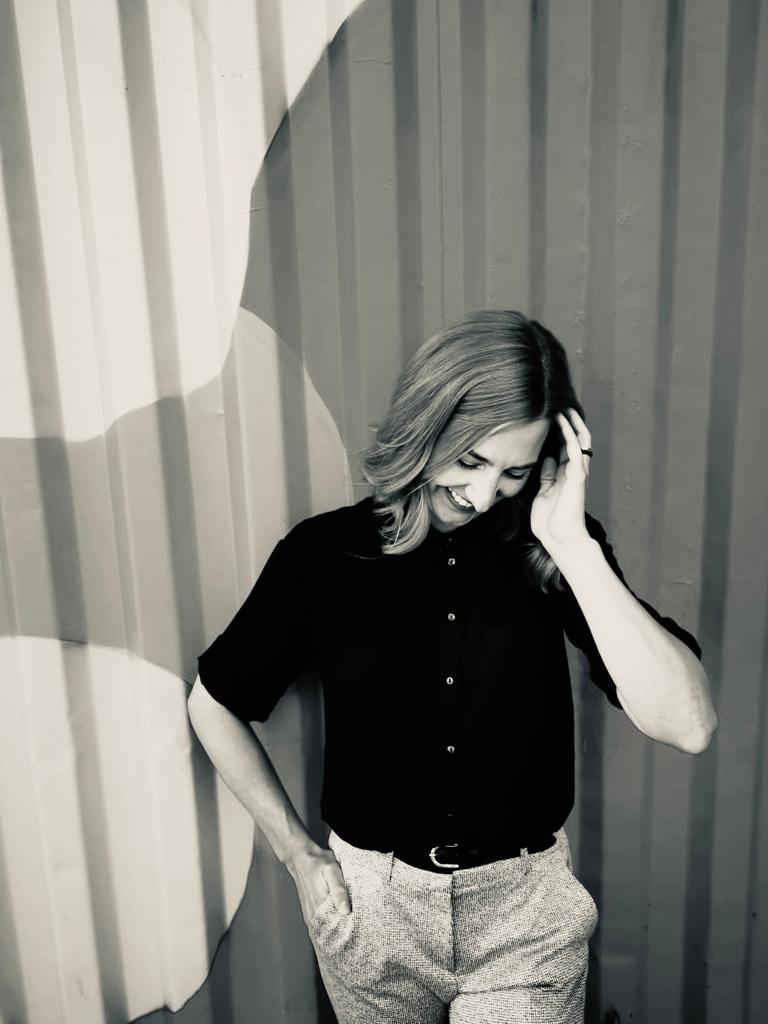
Daniela likes colorful things. Animals. Flags. Spiders. She is colorful. Not in this photograph of course, but that’s another story. She dreams of colors during her REM phases. During their REM phases, spiders dream of her. All is right in the world. The lion sleeps tonight. Daniela’s website
Noori Choi

Noori is complex. He likes thinking about complex things in complex ways – previously complex behaviours and spiders and now even more complex behaviours in fish.
Complicated.
PHD STUDENTS
Myriam Knöpfle

Like the best of us, Myriam sometimes suffers from seasickness. Does that stop her swimming around madly after fish in Corsica hoping they touch each other softly? No sir it does not. Kudos.
Myri is exploring tactile stimulation as a strategy to increase access to food in a producer-scrounger relationship.
Anja Wegner
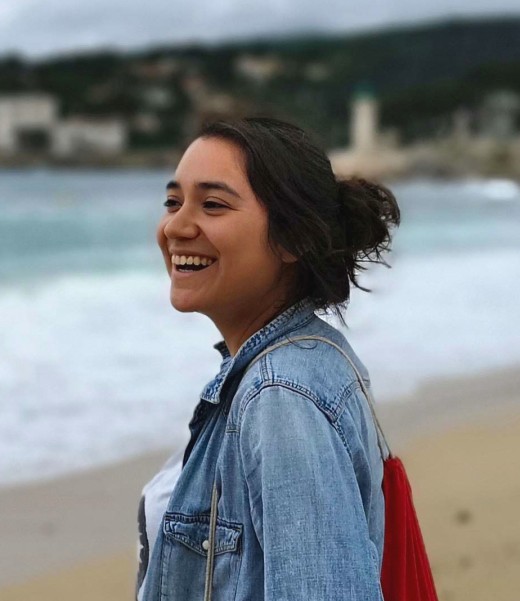
At any given point in time, Anja is likely to be somewhere in the physical world supplying fish with hot pink sculptures, and somewhere in the conceptual world between art and science.
Anja’s project explores the relationship between social behaviour and physical structure, but does so from the perspective of art, architecture, and the co-existence of humans and non-human animals. She is funded TBA21-Academy and the Max Planck Institute.
Etienne Lein
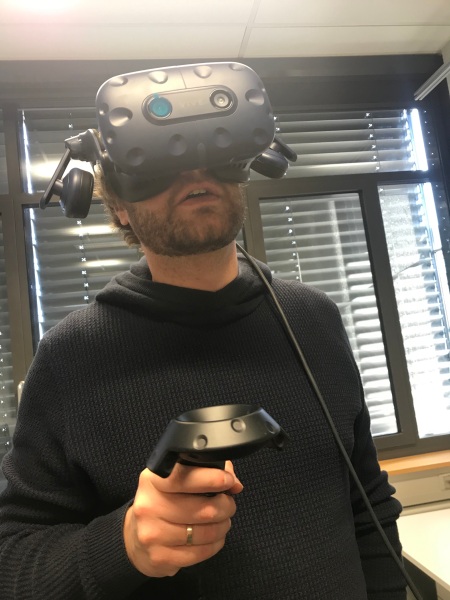
Etienne is mad for fish brains, like some kind of piscine zombie. He also loves social structure and interaction networks, and has many dear enemies. For some reason he has zero web presence, so on searching for him you instead find the second best Welsh footballer holding a chicken.
Etienne’s PhD focuses on the evolution of social behaviour in the Lamprologine cichlids of Lake Tanganyika, incorporating elements of cognition, neuroanatomy, and behaviour. He is funded by the Max Planck Institute.
Ma Bin
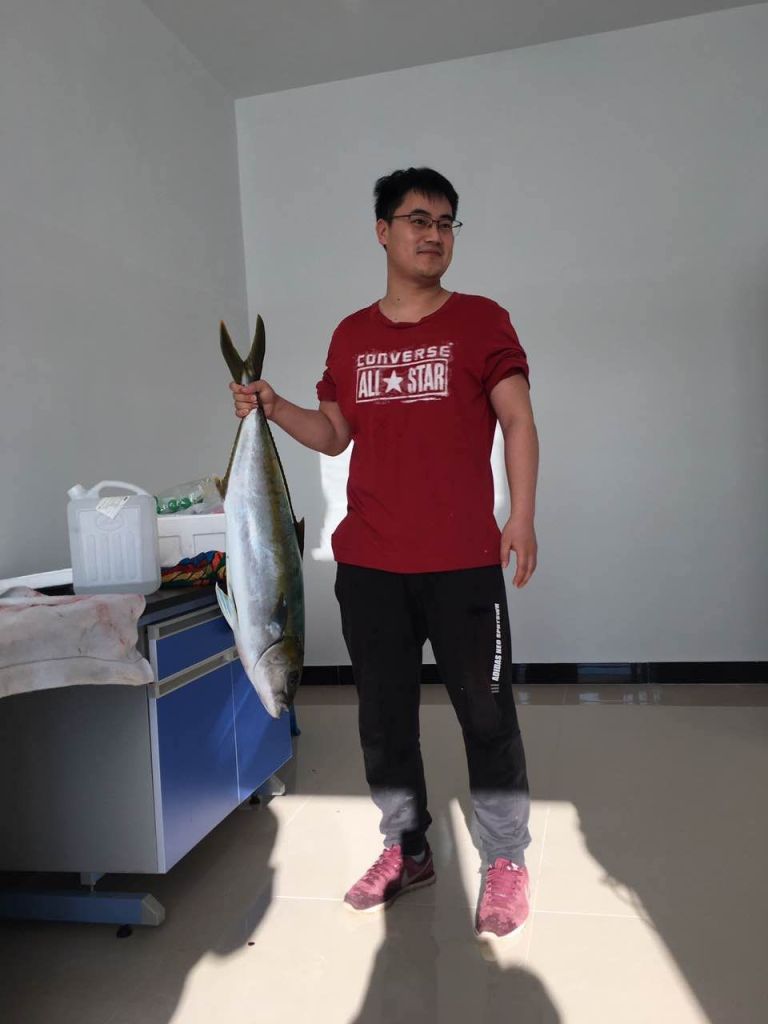
Bin has taken to quantitative analysis like a fish to water. Which is ironic since he can’t swim. And is not a fish. Also I don’t know what irony is.
He studies the ways social contexts affect behaviour and autonomic stress responses in social cichlids. Bin is funded by the CSC.
Paul Nührenberg

Paul only joined the lab because of the martial arts links we have, so we randomly attack him in the hallways, typically with Wu-Tang samples. He re-encodes them as semi-sentient automatons, which causes all sorts of problems for basic lab management.
Paul is looking for signatures of evolution along social and behavioural axes in the adaptive radiation of Tanganyikan cichlids.
Maëlan Tomasek

Maëlan has a thing for smart fish. He wants to know what they know. As if they’re hiding some secrets. His only secret is where he gets his funky t-shirts, otherwise you’ll be certain to know what he thinks within seconds of meeting him.
MASTERS STUDENTS
Zoë Goverts
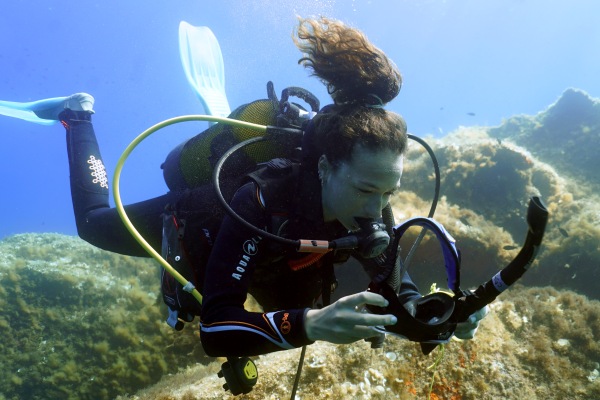
I have seen a card certifying that Zoe is a divemaster, despite her apparent difficulties figuring out how to correctly wear a mask. That means she has actual qualifications and could get paid money to swim around in nice places. Instead she spends her time watching fish fight over territory boundaries, and is unlikely to receive any financial payoff. Different strokes I suppose.
Zoe works on home range and territorial behaviour of Mediterranean wrasse.
Sophia Schröder

I dunno man… can a little white blob of snot in the head of a fish really tell us what’s going on inside their devious little minds? Maybe. Sophia thinks so. With her larger grey cranial blob. Let’s see.
Boyd Dunster

Boyd has an effing sweet leopard print coat. Nuff said.
Amir Haluts (Affliated PhD Gov Lab Weizmann Institute)

Spiders are scary for some folks, but the sort of physics and maths in some of Amir’s presentations are downright terrifying. He takes it slow though, so we get there in the end…
Lab Alumni
Aneesh Bose
Aneesh comes from a background of flipping rocks and bothering the inhabitants he finds underneath. Often this occurs during their most intimate and private times of life. He continues this, now underwater and en masse with machine vision and other scary things.
Aneesh’s work looks at social structure, reproductive behaviour, and ecotoxicology in Tanganyika cichlids. He is funded by a Humboldt Foundation Postdoctoral fellowship, and a Centre for the Advanced Study of Collective Behaviour grant. Aneesh’s website.
Kaz Uyehara
The collective behaviour of plants? Sounds like Monsanto have been up to their old GMO tricks, mixing genes that ought not be mixed. Or is it all organic?Kaz is asking how flowering plants alter their posture in response to shading, and how this affects fitness outcomes in social settings. He is funded by an HFSP Young Investigators grant to the Peleg, Meroz, and Jordan labs.
Mariana Rodriguez (Affiliated PhD Hofmann Lab UT Austin, now postdoc CSU)
Mariana “Mad Dog” Rodriguez is a PhD student in the Hofmann Lab that was simply too good to leave behind in the badlands of Texas, so we bring her to the Alps to cool off when we can.
Lukas Koch
Rome wasn’t built in a day, but the bowers and pits of the Lamrologine cichlids and Ocellated Wrasse might be. Lukas knows, but he mostly speaks to fish so we have no idea.
Lukasi studies how behavioural elements of construction have diverged across the Lamprologine cichlids.
Giacomo May
Giacomo squeezes in some analysis of animal behaviour and movement when he’s been fouled out of his games in the 3rd 4th Division Basketball league.
Shehide Gashi
Brains make behaviour, and behaviour shapes brains. And Vine leaves make Sarma. Follow me?
Sylvia Garza
Sylvia joined the lab before it even existed, all the way back in 2013, when the Texas sun had to be fought off with strong Tequila. Now we’ve come all the way to Konstanz, where the German cold has to be fought off with strong Schnapps. So, not much has changed.
Sylvi’s work asks how male Trichonephila spiders navigate on the webs of much larger and more dangerous cannibalistic females.
Julien Bouvet
This Lyonnais comes equipped with all the tools to get to bottom of the relationship between social complexity and social behaviour.
Karina Weiler
This facial expression is exactly the sort of thing a human would do in a mirror. Doing it underwater is a bit clever, and Karina aims to find out if fish can do exactly that.
Johannes Windorfer
Johannes likes Karaoke and biological architecture. An unnatural mix, just like his experiments with reversed chirality. Johannes is now an MSc student at Uni Neuchatel, but is back in the lab with us working on his thesis project.
Tim Singer
Tim was at a McDonalds late one night when some rough folks came through. Huddling close to his friends for protection he realised that risk can fundamentally alter social relationships, and so studies the same process in fish. He wants to know how landscapes of fear affect social network structure.
Matze Stiehler
Matze wondered if Octopus prefer one arm over another, but thought that was too easy with only eight arms to worry about, so instead focuses on the hundreds of urchin appendages used for navigation. He asks whether the navigation decisions of urchins depend sensory input or motor output of the tube feet.
Ana Zaalishvili
Can you figure out the hierarchy in this murky underwater picture? I can’t, but Ana has a few more tricks up her sleeve to determine the mechanistic basis of underwater hierarchy. In fish though.
Ana looks at how social hierarchies form and develop over time in Tanganyikan cichlids.
Ian Etheredge (PhD)
Ian is a Renaissance man, combining insights and techniques from Da Vinci, Darwin, Turing, and Bob Ross to paint a picture of biological beauty like no other. He also sometimes (often) wears cowboy boots to the lab, so we’ve elected him a safety officer for setting such a good footwear example.
Ian studies social interactions from a physical perspective, asking how the characteristics of motion and posture can give us insight into the evolution of reproductive signalling in guppies.
Jakob Gübel (MSc)
Paco gave up work in the Middle-Eastern desert in the summer, where it’s 45 degrees Celsius in the shade, to torment male and female cichlids by temporarily removing their precious shells. He may feel aggrieved by the fact that fishes are so comfortable in the water while he, it seems, cannot swim, preferring instead to clamber up stone walls like Gollum.
Huy Nguyen (MSc)
Huy aims to be the bridge between warring factions on the battlefront of Lamprologine cichlid behaviour. He looks up for it.
Rosanna Stolberg (BSc)
How do you feel when you see another human? Rosie is super-personable, and probably has all sorts of dopaminergic activity throughout her mesolimbic reward system when she sees a conspecific. Some of us are more like Van Morrison. Fish are the same we think, and Rosie aims to find out.
Swastika Issar (Postdoc)
Swastika is a visiting postdoc interested in the ecology and life-history correlates of social living. She’s into fish, bugs, and condiments.
Fritz Francisco (MSc)
Fritz got too drunk at a pirate metal gig one night, and we found him the next morning in our labs attempting to finish his set with a guitar crudely constructed from old nets and a drum kit of empty food containers. It actually sounded pretty good so we kept him.
Anka Pöhl (Intern)
Anka is looking for fish in a dried our riverbed full of hippos, but at least she has a giant telephoto lens so might be able to spot something without being eaten.
Sofia Rodriguez-Brenes (Postdoc)
Sofia is a field biologist, and one of the best around. She is also the only person I know to take an umbrella into the most dangerous rainforest in the world.
Jian Zhao (PhD)
Jian is like a Mother Gaia for fish, wanting to ensure all are fed and nurtured in the best possible way. By using robots. And laser beams.
Manuel Wildner (co-advised with Prof Oliver Deussen, Uni Konstanz Computer Science)
Manuel makes video games with fish, but the incentive structure kind of sucks. At least there are no micro-transactions.
Jacqueline Dettinger (BSc)
Paradoxically, Jacqueline is simultaneously our most junior and most senior member, being one of the first people to join the lab when we started in Konstanz. She puts fish in dark rooms and watches their every move with infra-red cameras. Creepy.
Ivo Neufert (BSc)
Ivo loves Shakira and was in the front row of her concert as a younger man. He plays with conditional mating strategies. Enough said.
Kai Schleifer (BSc)
What can I say. Times are tough and children are cheaper to employ than adults. Also Kai has a sweet blue/red eye dichromatism, which scares the hell out of other kids and may explain why he hangs around the spider lab so much.
Elina Rittelman (BSc)
Ever had a dream where fish had little swords and shields and went to war with each other? No? Well Elina has.


